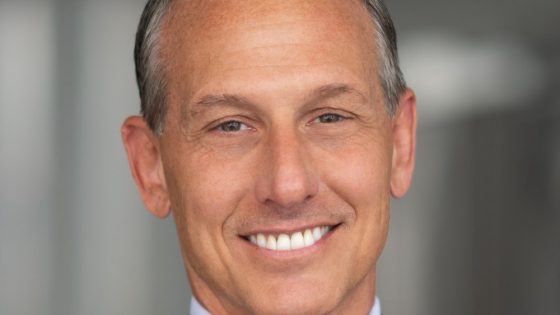Canva, the online service that offers a host of easy-to-use design tools, is targeting large companies in general and Hollywood in particular as growth initiatives as the DIY platform plots its next 10 years.
Canva, launched in Janaury 2013, has been one of the biggest and buzziest digital media startups to emerge from Australia’s increasingly busy tech, venture capital and startup sector over the past decade. Disney CEO Bob Iger made a personal investment in the Sydney-based company in 2022 when it was valued at $40 billion.
On Thursday, Canva hosted one of its trademark Canva Creates summits for the first time in Los Angeles, at Inglewood’s Hollywood Park facility. The event is part conference and trade show for the myriad of functions available on Canva. The company to date has been fueled largely by individual users tapping Canva’s wide menu of templates, art files and tools that can yield highly polished and professional-looking design work for free or low-cost relative to other design software tools.
On Wednesday, Canva co-founders Cameron Adams and Melanie Perkins gave a media briefing on the state of the company, which is in the process of pursuing a public listing. Canva has 185 million monthly active users, up from 40 million in 2020. It generates more than $2 billion in annual revenue and its large-scale customer contracts are in the $1 million-plus range.
Canva “continues to defy gravity for a company of our size and we’re incredibly optimistic about the growth,” Adams told reporters. Amid the expansion effort to target large entities such as FedEx or the American Film Institute, Canva has seen its revenue generated by sales to organizations, rather than individuals, climb 48% in 2023. At the same time, the company has also launched a service dubbed Canva Affinity that will be made available free to students and nonprofit organizations.
Canva’s pitch to Hollywood is that it has ready-made templates and tools that can dramatically speed up the time of creating everything from one-sheet posters to large scale storyboard and mood-board presentations to social posts tailored to the design, image and video needs of various platforms. Canva has developed a dedicated “Hollywood work kit” that has been greatly influenced by feedback from its many industry users. One of Canva’s primary growth drivers has been the fact that design and graphic pros have discovered the platform for personal use and subsequently push their employers to sign up for higher-level paid services.
Zach Kitschke, Canva’s chief marketing officer who has been with the firm since its launch, sees great potential for the tools to be used by other creatives who have need to create marketing, promotion and informational materials on the fly.
Canva has proven to be attractive to those who work in “inherently creative pursuits,” Kitschke said. “We’re talking to producers, script writers, showrunners and directors,” he said. Canva, in the company’s view, can become a bigger player in what Kitschke called “the machinery of the production process.” As they have courted bigger business customers, Kitschke notes that the company has greatly strenghtened its firewalls and cloud security protocols. “It’s the first question out of the mouths of every CIO and CTO,” he said.
Canva’s platform is powered in part by AI technologies that are polarizing in the creative community out of concern that they will ultimately become job-killers, especially for below-the-line workers. Kitschke said Canva’s platform gives users a transparent “opt-in” option for allowing the materials they create to be used in the future training of Canva AI models. Kitschke made it clear that Canva is monitoring the mood of Hollywood when it comes to the latest tech-driven earthquake to shake up the industry.
“We’re a platform for creators at the end of the day. And so when we’ve looked at new technology that we can integrate [into Canva tools], the starting point is how to do so in a way that’s additive, that’s fair and maintains that sense of trust that we’ve built with our community,” Kitschke said. “And so we’ve been super-mindful about what we do and don’t integrate, and the way that we build all that functionality.”
Source Agencies


